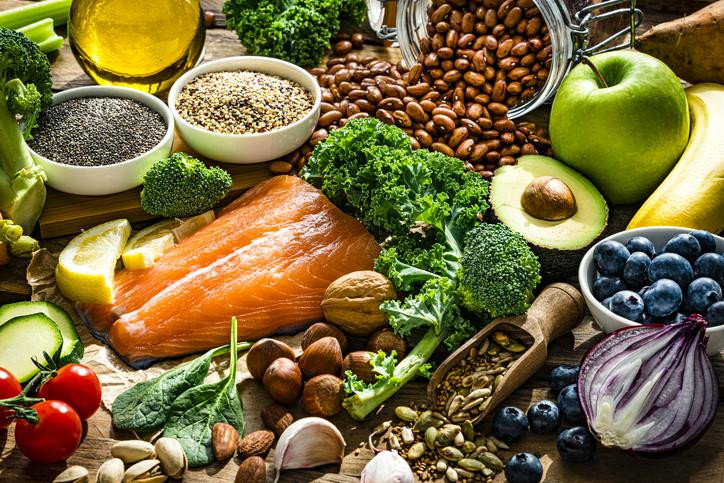Top Anti-Inflammatory Foods: How Your Diet Can Reduce Chronic Inflammation

Inflammation is a key part of the immune response. Under normal conditions, it helps the body fight infections and heal wounds by releasing immune cells and signaling molecules that promote recovery. However, when inflammation becomes excessive or persists longer than necessary, it can become harmful and contribute to disease.
In a process known as chronic inflammation, immune cells remain on alert at a low level, sometimes attacking healthy tissues and organs. This level of silent but persistent damage can lead to other health problems such as heart disease, stroke, diabetes, cancer, dementia, and inflammatory bowel diseases.
Chronic inflammation can arise from many factors, some of which are related to lifestyle. Stress, lack of sleep, overeating, obesity, and being sedentary can all contribute to inflammation.
Diet also plays an important role in the process of inflammation. The Western diet, a diet which is common among Americans, is high in the kinds of foods known to promote inflammation, including:
- Red meat and processed meats contain saturated fats that can boost the production of pro inflammatory compounds. High intakes have also been linked with increased risk of heart disease and cancer.
- Foods high in added sugars: sodas, sweet treats, and baked goods. Getting too much of these foods can cause weight gain—itself an inflammation trigger.
- Ultra processed foods: fast food and packaged meals and snacks, which are easy to overeat and tend to be both calorie-packed and nutrient-poor.
Food can serve as a powerful weapon to fight inflammation. Some of the world’s healthiest ways of eating, such as the plant-rich Mediterranean diet, are linked with lower rates of inflammatory diseases.
Plants are key to anti-inflammatory eating because they’re a major source of antioxidants—compounds that can help prevent or delay the damage inflammation causes. Antioxidants help neutralize free radicals that form when our cells metabolize oxygen, or in response to environmental challenges like tobacco smoke and UV radiation. Antioxidants serve as an “off switch” to this process by breaking the chain of reactions that lead to cell damage.
Some of the most well-known micronutrients with antioxidant effects:
- Vitamin C, found in citrus fruit, potatoes, broccoli, bell peppers, spinach, strawberries, tomatoes, and Brussels sprouts
- Carotenoids, the yellow-orange-red plant pigments found in green leafy vegetables, pumpkin, carrot, tomatoes, bell peppers, and oranges
- Vitamin E, found in vegetable oils, leafy green vegetables, whole grains, and nuts
- Polyphenols, compounds found in a wide array of vegetables and fruits, olive oil, avocados, nuts, berries, tea, coffee, and dark chocolate.
Plants like fruits, vegetables, legumes, and whole grains also provide both soluble and insoluble fiber, which are linked to lower levels of inflammation. Fiber rich foods also make us feel full longer, which helps to prevent overeating and overweight (and the increased inflammation that can result). They also serve as a food supply for the beneficial organisms in the gut that produce inflammation-quelling compounds like short-chain fatty acids.
Foods high in a specific type of unsaturated fat called omega-3 fatty acids are also proven inflammation-fighters. Omega-3s, found in fatty fish like salmon and sardines, walnuts, and seeds like flax, chia, and hemp, can help block some of the compounds produced by the body’s inflammatory responses.
For more information on what it means to eat an anti-inflammatory diet—check out Food is Medicine, a Special Health Report from Harvard Medical School.
Image: © fcafotodigital/Getty Images
Disclaimer:
As a service to our readers, Harvard Health Publishing provides access to our library of archived content. Please note the date of last review or update on all articles.
No content on this site, regardless of date, should ever be used as a substitute for direct medical advice from your doctor or other qualified clinician.












